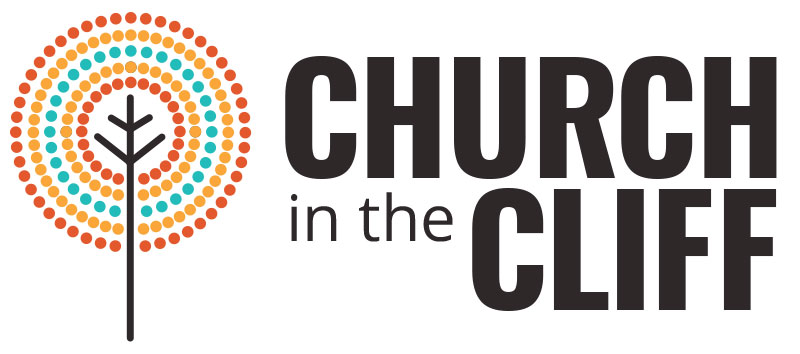Our plan for Eastertide this year is to take the Gospel of Mark seriously: the promise of resurrection, but not the experience of it. What other evidence do we find in Scripture and in our lives that resurrection is real? I asked this question of my Bible-nerd friends on Facebook and suggested that the real answer was “the whole Bible.” They proceeded to suggest, story by story, the whole Bible. So, on this first Sunday after Easter, we took the broad view. What if the Omega of Revelation is the same event as the Alpha of Genesis?
The story we tell of the nature and character of reality is really the story we tell of our lives. If reality moves along a line, our lives should move along with it. In much of Christian tradition, this is the model: creation begins in nothing and ends in everything. It’s a one-way, one-time journey. Our individual lives point toward an end, a goal, a purpose – any deviation from that purpose is sin – and history is the story of progress, from brutal chaos to orderly justice. But the promise of resurrection and rebirth is that there is something after that journey ends.
In the creation narrative of Genesis 1, we are used to hearing of a void. The Hebrew is tohu wawohu. The only other time this phrase is used is in Jeremiah 4.23, where it is a clear reference to this creation narrative, but it describes what will be left after God’s judgment. That is, it is not so much nothing as the pile of rubble, the desolation, that is left after a calamity. It is not nothing, but something that is not fit for life. It is out of this that God creates, makes it suitable for life, nurturing.
Revelation 21 begins with a vision of a new heaven and a new earth, “for the first heaven and the first earth had passed away, and the sea was no more.” The events of John’s Apocalypse – the seals and bowls and trumpets; the four horsemen – these are the undoing of creation that results in the kind of desolation featured in Genesis 1. Then, in both Revelation and Genesis, God sets about the work of creation. Read together, it would seem the nature and character of reality is a circle rather than a line.
In some ways, this matches our experience of life. For most of us there are certainly more meanderings than straight-line progress, but we also recognize the circular pattern. The seasons follow one another in turn; the sun rises and sets each day. But we also, if we pay attention, notice it in our mental and emotional lives. We often make the same choices, for better or worse. We have consistent triggers and emotional responses. We engage in the same kinds of relationships. We might be tempted to agree with the Buddhists that the goal is to get off this merry-go-round of birth, death, and rebirth.
Some Christian mystics might agree. Many mystics, when they attain union with God, it is not the all-consuming light they expect. St. John of the Cross called it “the dark night of the soul.” This has somehow been distorted to suggest a time of suffering before we finally push through to the light of God. But it is actually the end of the line. In full union, there is no difference, no boundaries, no perception; it is non-existence. For generations who have grown up with Nietzsche, this may seem terrifying.
Fortunately, we have female mystics to help us through. Hadewijch of Antwerp speaks of Love as an abyss and that abyss is the womb of God. In it, she sees all of creation, compressed together in a vital chaos. This void into which we must go, into which judgment sends us, is both the tomb and the womb. It is the desolation out of which God creates life. There is certainly some pain and loss, but life blooms again. And again. We’ll speak more of that next week, when we look at Isaiah 61.
